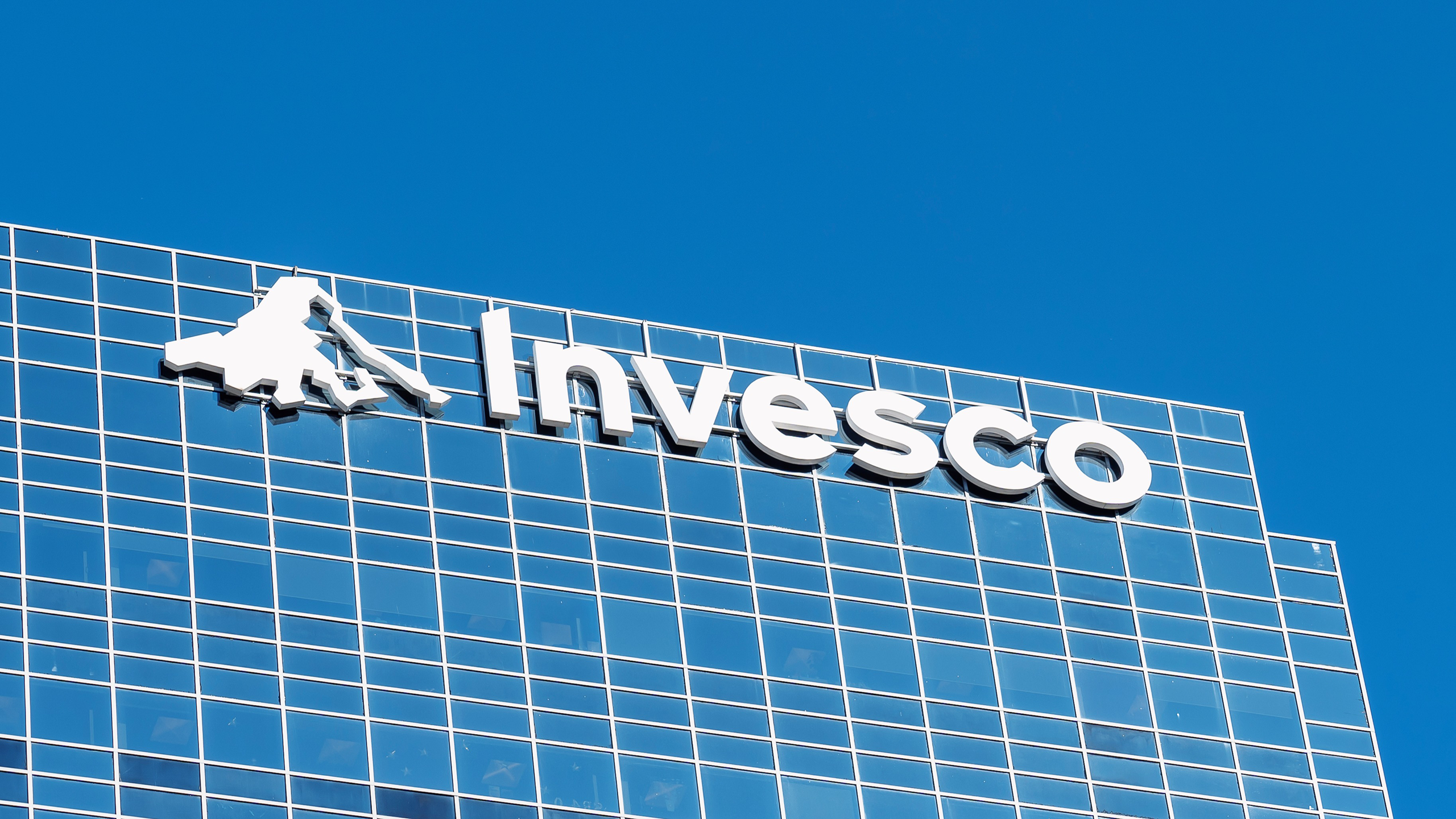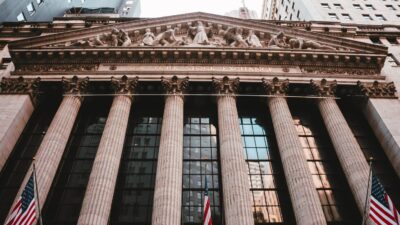Firms Keep Cranking Out Active ETFs
Invesco recently added several active ETFs to its product lineup, and PGIM is among those prepping a few more.

Sign up for exclusive news and analysis of the rapidly evolving ETF landscape.
If ETFs got any more active, they’d be Jazzercising.
Invesco last week launched three active ETFs across a range of strategies. Those include the Invesco QQQ Hedged Advantage, Comstock Contrarian Equity, and Managed Futures Strategy ETFs. That firm earlier this year added another active product, the Invesco SteelPath MLP & Energy Infrastructure ETF. Those add to numerous other active ETFs that have come to the market this year. “We’ve been particularly excited by the innovation in options-based strategies like buffered and target income ETFs, which serve as powerful tools to help shield investors from market volatility,” Christian Salomone, chief investment officer at Ballast Rock Private Wealth, said in a statement. “During periods of extreme stress, like we saw in April, staying invested is crucial for long-term growth.”
Feel the Burn
Last month, Lazard Asset Management added its first US-domiciled active ETFs: the Equity Megatrends, Japanese Equity, and Next Gen Technologies ETFs. That followed launches earlier this year by PGIM for three buffer ETFs. And last week, that firm filed initial prospectuses for three active corporate bond ETFs. Another company, Vontobel, added its first active ETF in the US this week, the Vontobel International Equity Active ETF. And on Monday, AllianceBernstein filed with the SEC for a forthcoming product, the AB International Growth ETF. Those are a few examples of many.
Data from Morningstar Direct show:
- Of the 233 ETF launches in the first quarter of this year, 204 were actively managed products.
- 63 were nontraditional equity, 20 were US equity ETFs, 12 were international equity, nine were sector equity.
- 26 were taxable bond ETFs, while seven were muni bonds, and two were money markets.
- 10 ETFs were alternatives, while 50 were miscellaneous — a category that included thematic, single-stock, and leveraged products.
- Five were allocation ETFs.
How Active, Really? Some of the new products use so-called “smart beta” or “rules based” approaches, which incorporate an element of active management to portfolios otherwise based on indexes. Such funds can have the benefit of lower expenses, as they tend to have fees somewhere between purely passive and active peers.
“Let’s be real: Broad, low-cost ETFs have done more to level the playing field for investors than almost any other innovation in modern finance. They’ve lowered costs, increased transparency, and made true diversification achievable without complexity,” said Mark Stancato, founder and lead advisor at VIP Wealth Advisors. “I’m also a fan of innovation with purpose – buffered ETFs, tax-aware strategies, and model portfolios that reduce behavioral risk and decision fatigue. These tools help investors stay invested, which is 90% of the battle.”











